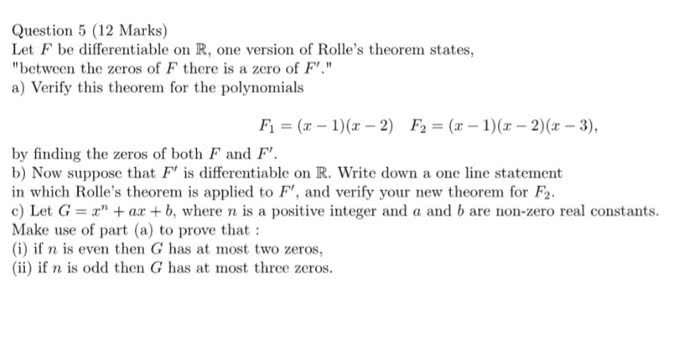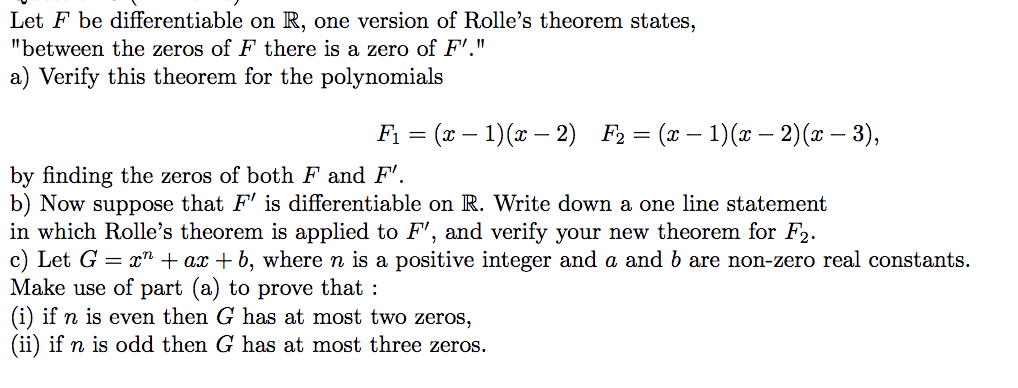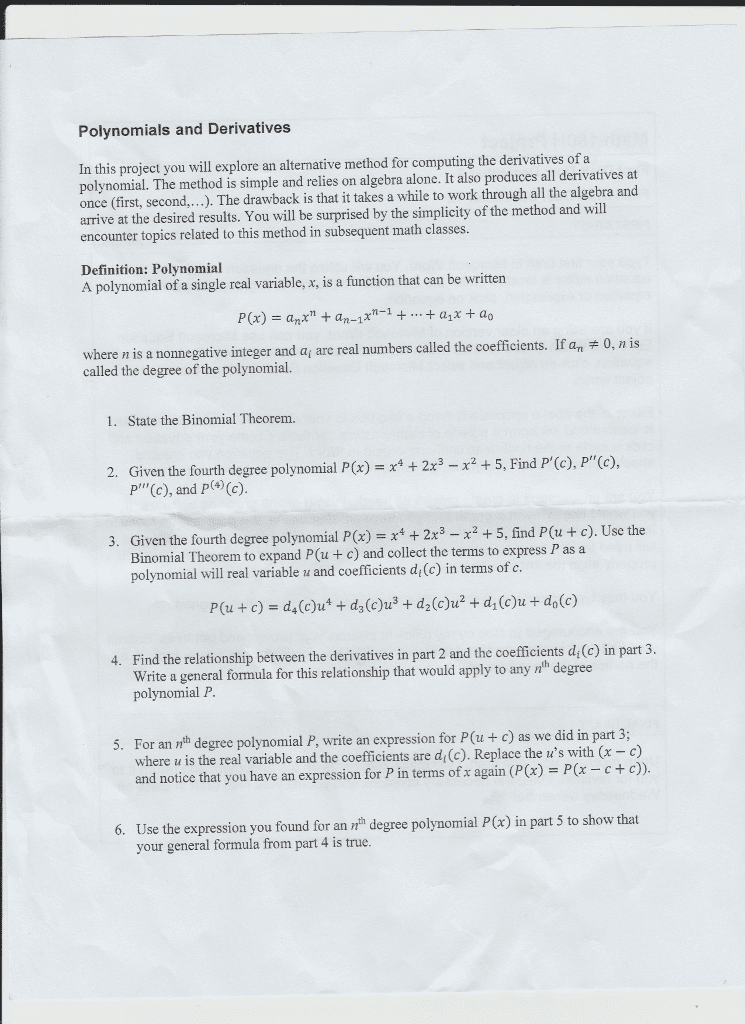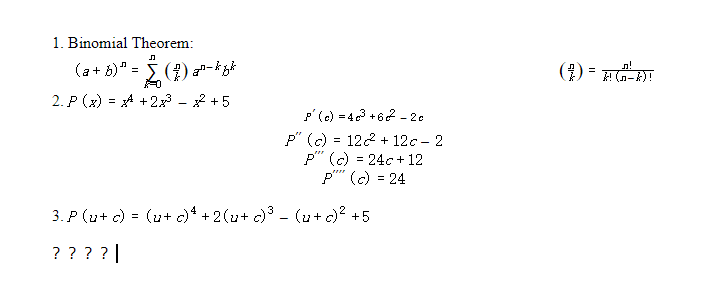MTH 231 Lecture 7: MTH 231 Lecture 7 - Intro to Proofs
Document Summary
In math we usually want to prove theorems. The theo(cid:396)e(cid:373) is a p(cid:396)opositio(cid:374) that"s (cid:271)oth t(cid:396)ue & interesting. When a theorem is used just to help prove another theorem. A trivial but relevant consequence of a theorem is called a corollary. Usually math theorems look like: x (p(x) q(cid:4666)x(cid:4667)) The(cid:374) (cid:272)o(cid:374)(cid:272)lude it"s t(cid:396)ue fo(cid:396) all of the(cid:373) i. e. in order to prove these we implicitly use universal generalization. You prove p(x) q(cid:4666)x(cid:4667) using only properties of x common to every element in. Math nerds will prove p q when we actually mean x (p(x) q(cid:4666)x(cid:4667)) Ex: if n is even , then n2is even n (p(cid:4666)n(cid:4667) q(cid:4666)n(cid:4667)) Forever integer n, if n if even, n2 is even. An integer n is even if n = 2k for some k z/. An integer n is odd if n = 2k + 1 for some k z/ We re gonna learn 3 proof techniques for p q.





